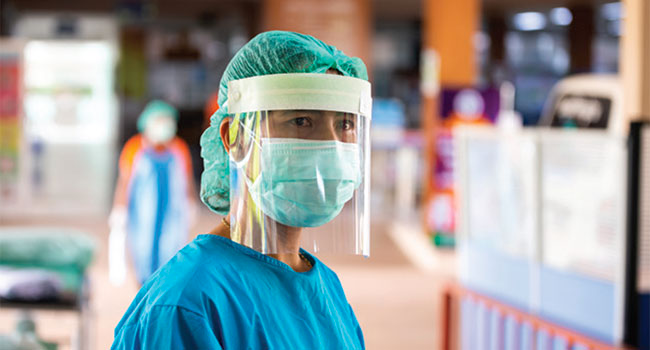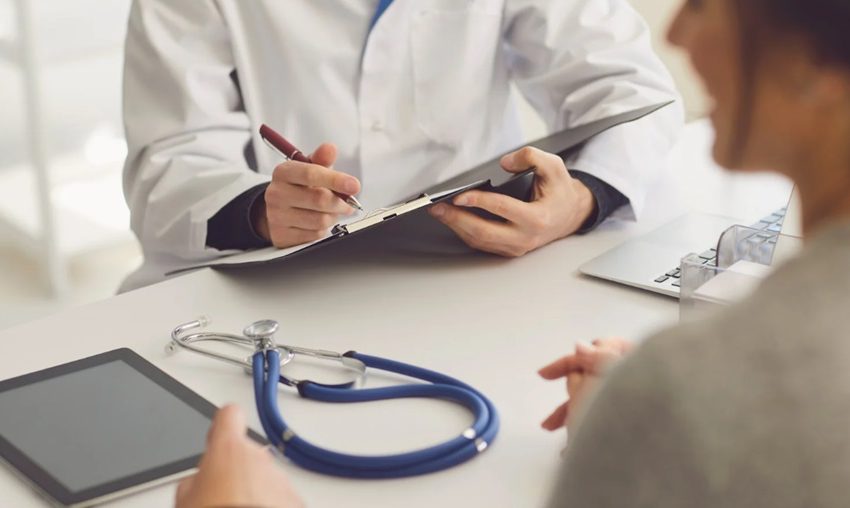How Hospitals Can Take Advantage of Physical Security to Protect Patient Safety
Physical security is a necessary part of any hospital. It is not just about securing the building, but also about securing the patients and staff.
In order to protect patient safety, hospitals should have a strong physical security plan in place that includes:
– Security guards on site at all times
– Properly maintained locks and doors
– Surveillance cameras to monitor entrances and exits
Why Hospitals Need to Groom Their Physical Security Systems?
Healthcare facilities are not immune from the potential of a physical security breach. There are many different security threats that hospitals face, such as a terrorist attack or an incident involving hazardous materials. In order to protect patients and staff, hospitals need to be prepared for these types of events.
Physical security systems in hospitals can be broken down into two categories:
1) the ones that prevent intrusions into hospital buildings and
2) the ones that protect patients and staff from external threats.
The Importance of Physical Security for Hospitals
Physical security is one of the most important aspects in hospitals. It protects patients and staff from any kind of threat. It also ensures that the hospital staff can carry out their duties without any interruption.
Security guards are usually deployed to monitor the entrances and exits, to make sure that no unauthorized person enters the hospital premises. They are also responsible for monitoring all the corridors, wards, and departments for any suspicious activity or unusual behavior.
What is the Role of Physical Security in a Hospital and How Does it Help?
Hospitals are one of the most important institutions for the society. They provide medical services to those who need it. But, without physical security, hospitals are vulnerable to various threats and attacks.
Physical security in a hospital is what provides safety to patients, staff and visitors. It also helps in preventing incidents like theft or frauds from happening. Keep security guards with latest weapons like lever action shotgun for hospital security.
Security guards are responsible for providing safety and protection to all those who visit a hospital. They not only provide physical protection but also maintain vigilance on the premises by checking visitors, vehicles and packages that enter the premises for any suspicious activity or content.
What are the Best Practices for Ensuring Safe Patient Care?
The best way to ensure safe patient care is to put the patient first. This means that the health care providers must be aware of the needs of the patients and provide them with quality care.
This is not always easy in a medical setting where many patients come from different cultures and backgrounds, have different needs, are at different stages in their lives, have varying levels of education, and may speak a language that is not well understood by health care providers.
How Hospitals Can Implement Best Practices in their Businesses to Safeguard Patient Safety?
Hospitals are responsible for providing the safest patient care possible. They have to safeguard patients from potential risks and provide a safe environment for them.
The following are some of the best practices that hospitals can implement in their business to safeguard patient safety:
1) The hospital should be prepared with a plan in case of an emergency
2) The hospital should be prepared with a plan in case of an emergency
3) The hospital should have a clear communication system
4) The hospital should be able to access medical records easily
5) There must be sufficient emergency staff available at all times.



